ULI Forecasts Strong CRE Growth to Return in 2022
Only industrial vacancies will resemble pre-pandemic levels, according to the Urban Land Institute’s latest semi-annual economic outlook.
Despite numerous uncertainties, economic and real estate recovery should begin in the second half of 2020, followed by stronger growth in 2021 and significant growth in 2022, according to the Urban Land Institute’s semi-annual Real Estate Economic Forecast.
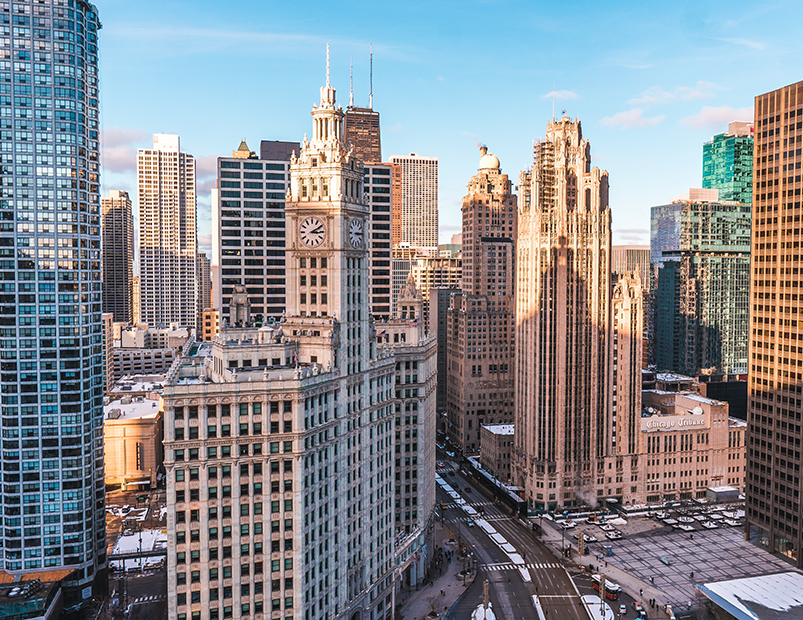
Office vacancies will climb 230 basis points in 2020, according to ULI’s semi-annual forecast. Image via Pxhere
The three-year “consensus” forecast measures 27 economic and real estate factors and represents the average of forecasts from 39 economists/analysts at 35 real estate organizations. The 17th semi-annual forecast was based on responses collected from May 1 to May 18.
Forecast results vary widely by property type. Only industrial vacancies, for example, will return to pre-pandemic levels by 2022, according to Anita Kramer, senior vice president ULI Center for Capital Markets and Real Estate, who delivered the survey results via Zoom.
The other key elements of the forecast were:
*Annual GDP growth in 2020 will be negative 6 percent, which is below 2009’s negative 2.9 percent. But expect annual gains of 3.9 percent in 2021 and 3.6 percent in 2022, which surpass the 10-year high of 3 percent in 2014.
*With a net drop of 10 million jobs in 2020, unemployment will finish the year at 11 percent. Four million jobs will be added in 2021 and 4 million in 2022. “Without full recovery, this rate is not back to the lows of the last six years,” said Kramer.
*Low inflation is expected over the next few years. According to the forecast, the Consumer Price Index Inflation Rate will be 0.5 percent in 2020, 1.8 percent in 2021 and 2 percent in 2020.
*The 10-year Treasury is expected to be extremely low this year at .8 percent, rising to 1.3 percent in 2021 and 1.7 percent in 2022.
*The NCREIF cap rate, which has steadily declined since 2009 when it was 6.9 percent, is expected be 5.1 percent in 2020, hold steady in 2021 and decline to 4.9 percent in 2022.
*Transaction volume this year is expected to drop by 50 percent to $275 billion but grow to $400 billion in 2021 and $500 billion in 2022. “Even with the steep decline in 2020, the total of the three years is $1.2 trillion, which shows a much healthier capital market environment than the financial crisis years of ’08-’10,” said Kramer.
*The RCA Price Index, which has consistently shown 6 percent annual gain since 2011, is expected to fall 7 percent in 2020, inch up 1 percent in 2021 and climb 5 percent in 2020.
The Many Unknowns
ULI’s forecast may be considered best-case given the many economic and public health “what ifs”: A possible second coronavirus wave, the need to discover a vaccine, the potential for some shuttered businesses not to reopen and many furloughed workers being laid off more permanently.
Add to that pre-Coronavirus secular trends like Baby Boomers retiring and taking their high salaries out of the economy, noted Suzanne Mulvee, senior vice president of Research & Strategy for GID Investments, during a panel discussion following the forecast’s release.
“This is next to impossible,” said Mulvee. “We are not forecasting economic variables. We are forecasting medical science and the policy response, which makes it really, really hard.”
Luckily, for real estate, policymakers seem to be doing everything they can to bolster the economy. Rather than being seen as inflationary, the stimulus packages to date have filled a “hole” left by the virus and provided “a bridge” to the second half of the year when a U-shaped recovery should begin, according to Stuart Hoffman, senior vice president and senior economic advisor, PNC Financial Services Group.
Industrial Out in Front
Assisted by explosive growth of e-commerce, industrial has the best outlook for vacancy rates, rents and NCREIF Index gains. Industrial vacancies will rise just 60 basis points in 2020, then decline 25 basis points in 2021 and 40 basis points in 2022. Industrial rents will be stable in 2020, while growing 2.5 percent in 2021 and 4 percent in 2022. NCREIF industrial will be up 2 percent, up 7 percent and up 9 percent, respectively.
Meanwhile, vacancies in retail, which for the forecast included grocery-anchored and community centers, will rise 300 basis points in 2020 and 70 basis points in 2021 and decline 25 basis points in 2022. Hotel occupancy rates in 2020 are expected to be 40 percent in 2020, 54.9 percent in 2021 and 59.9 percent in 2022. The previous 10-year low was 54.6 percent in 2009.

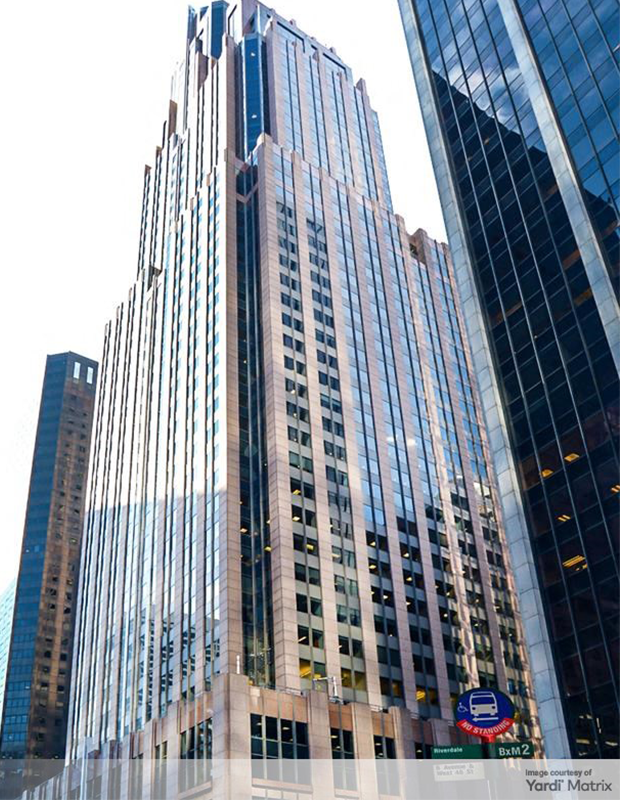
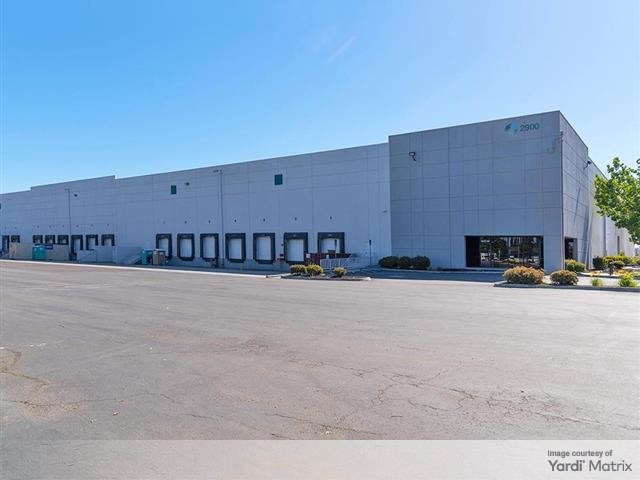
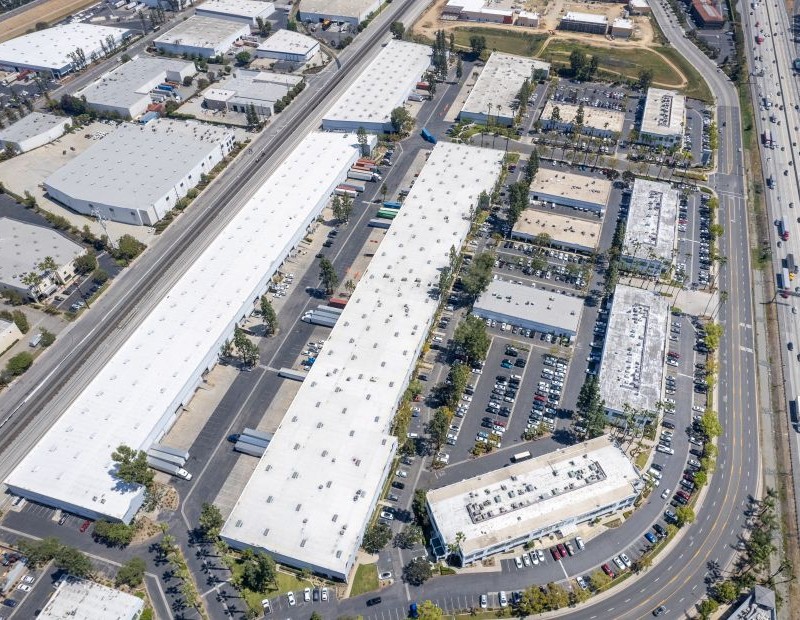
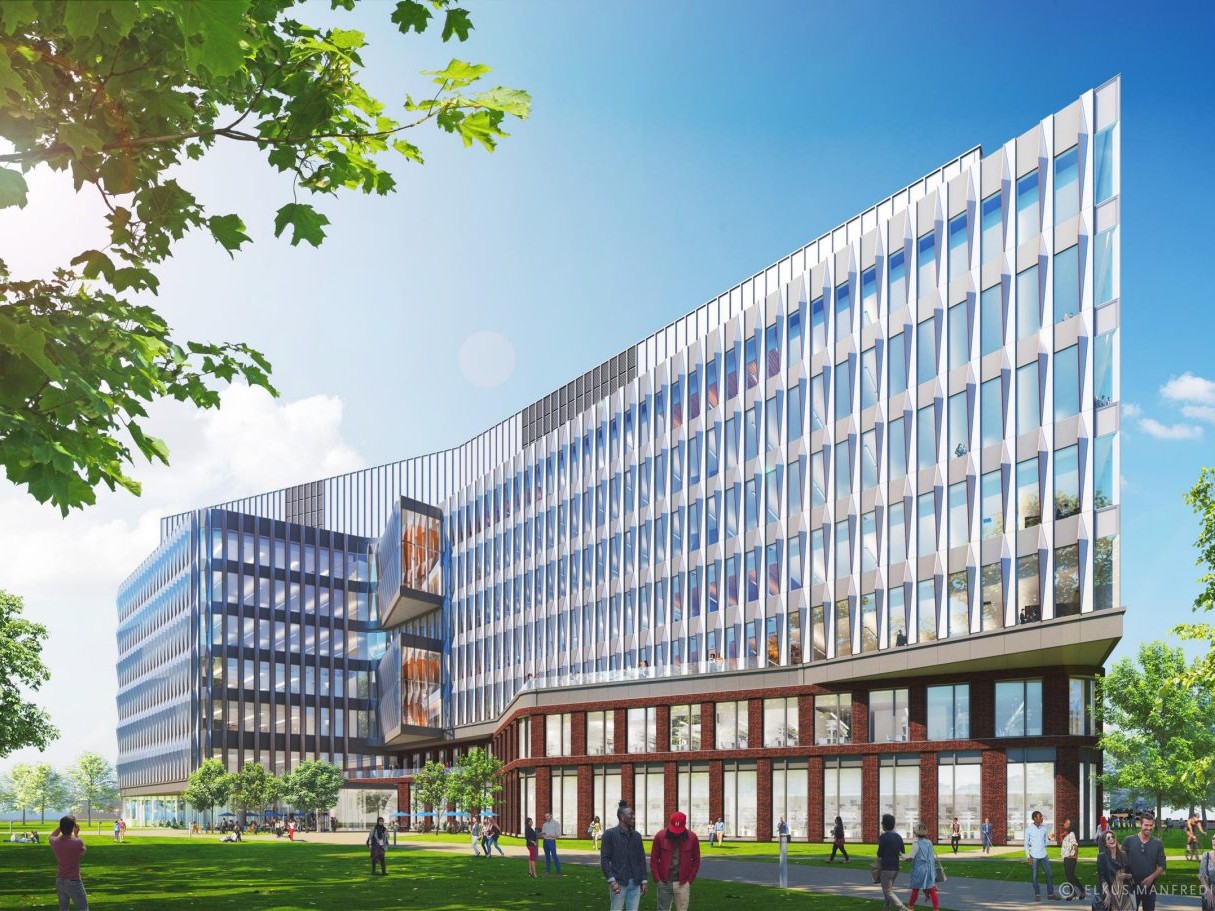
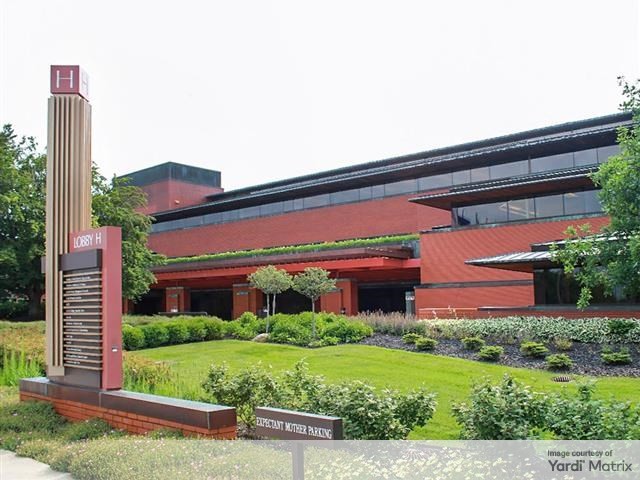
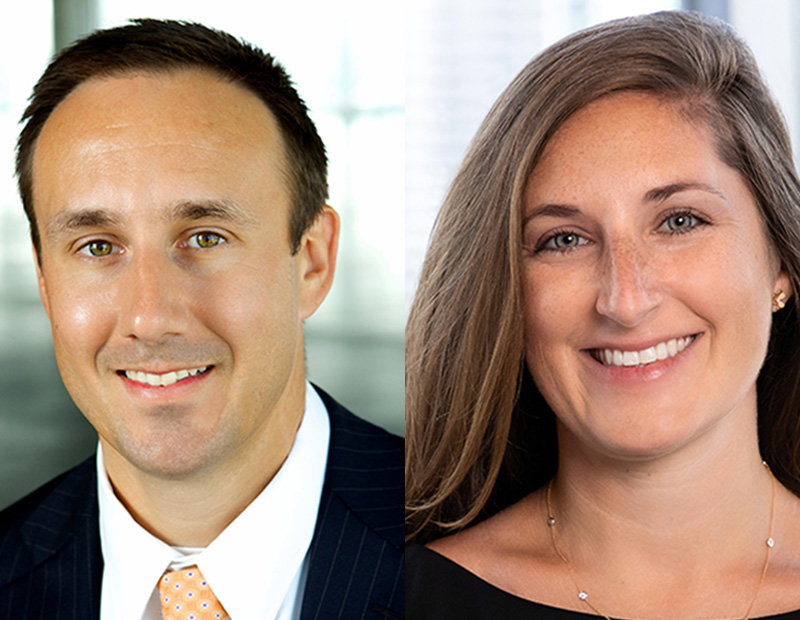
You must be logged in to post a comment.